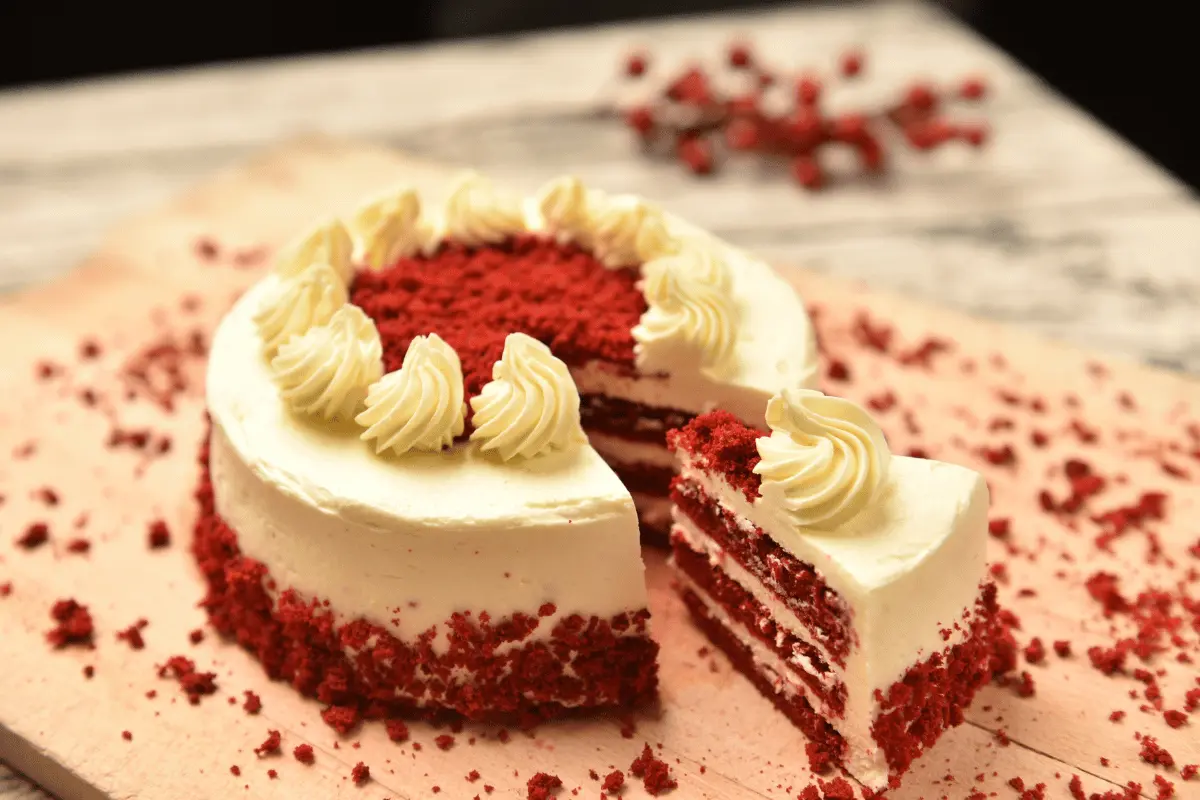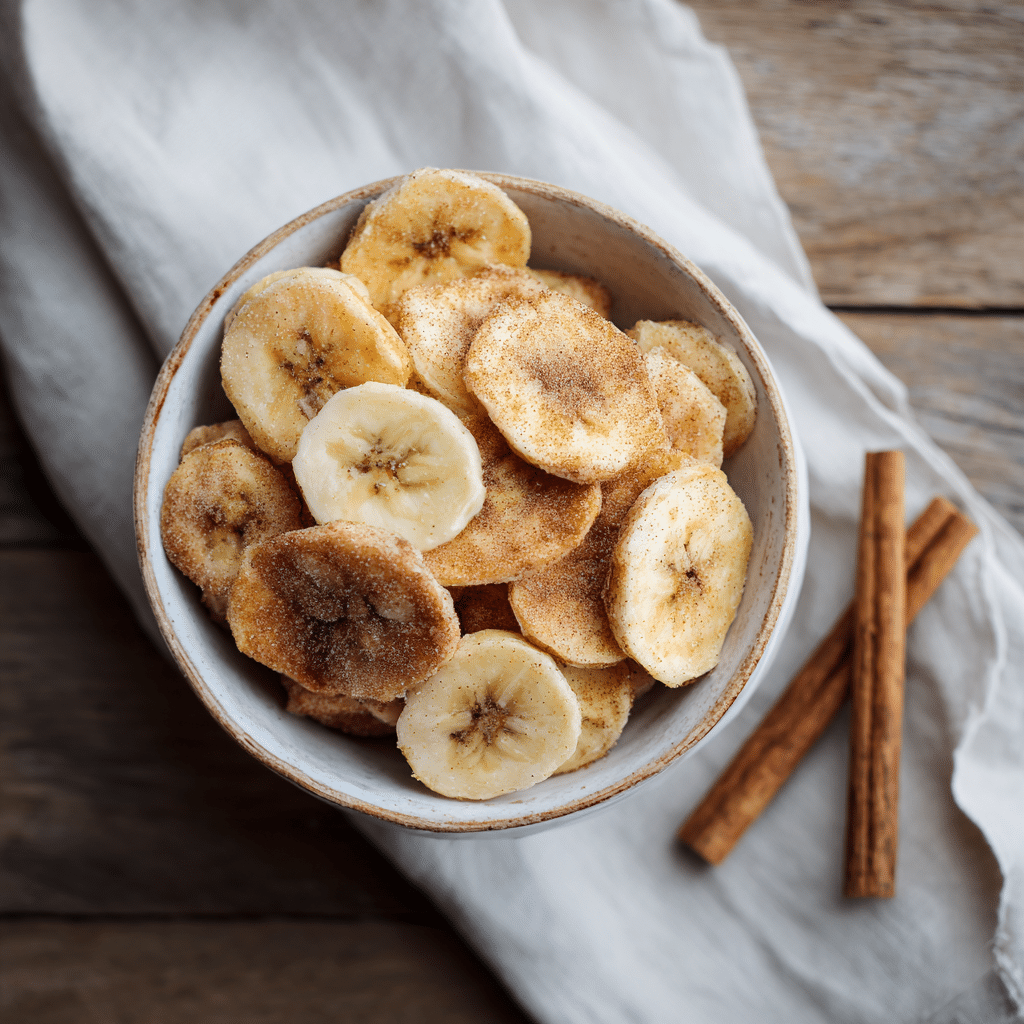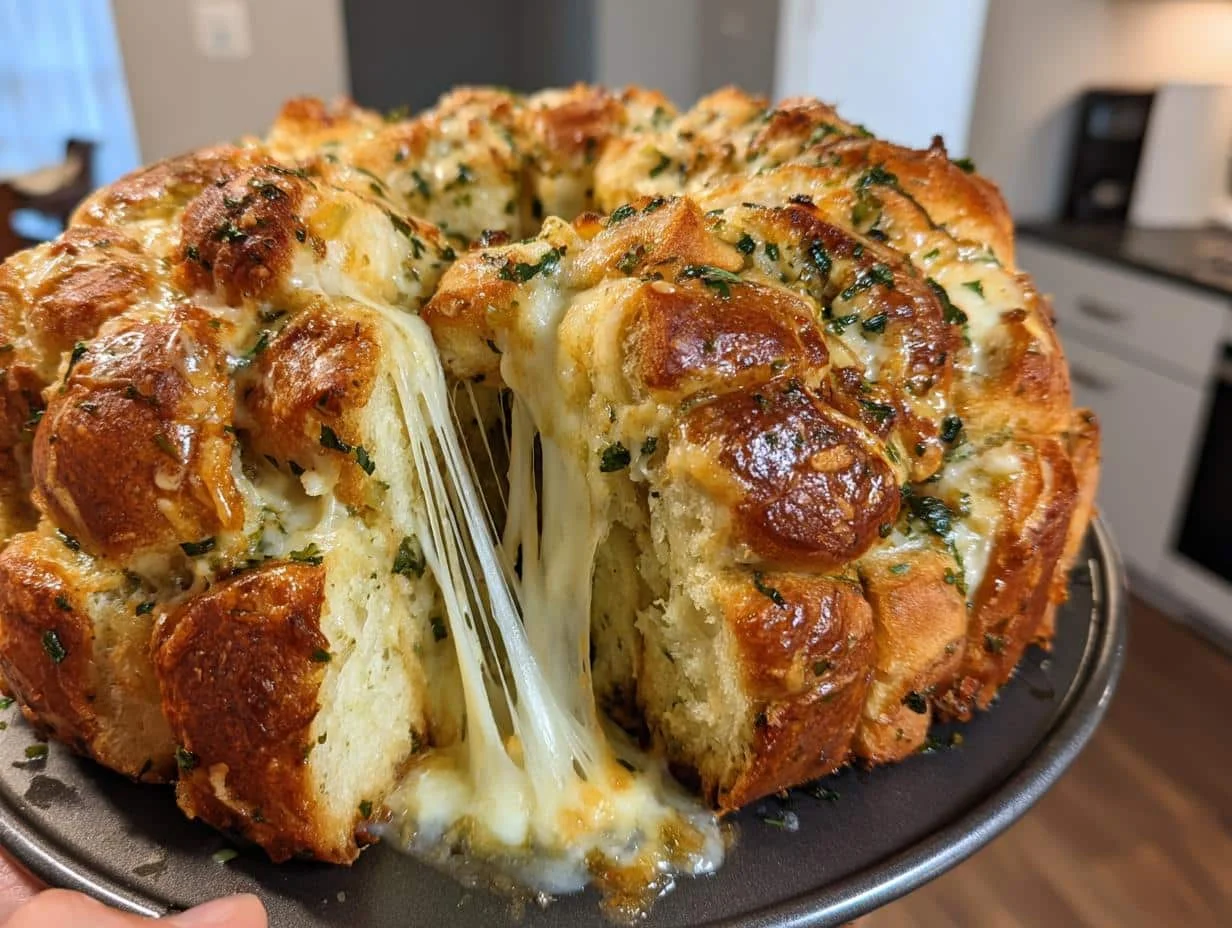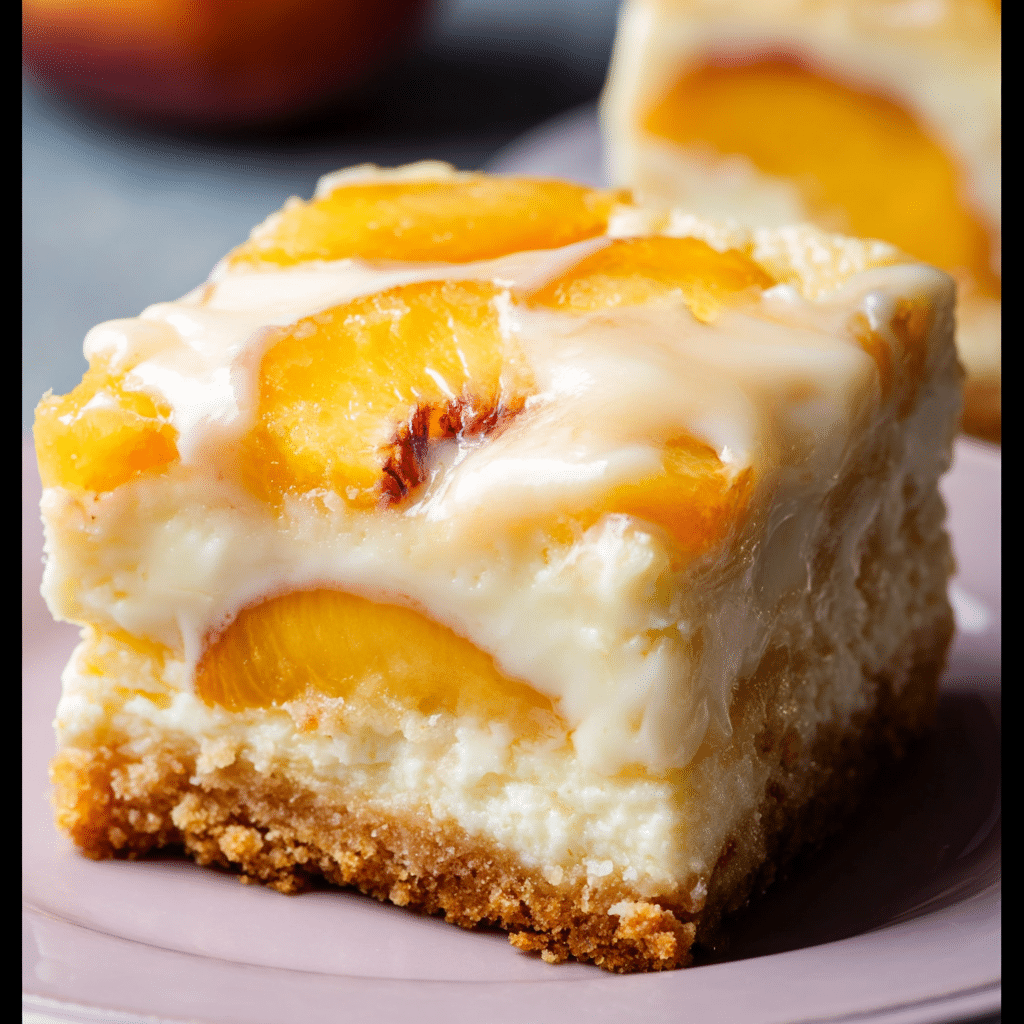When planning a celebration, one of the pivotal moments involves cutting the cake, a symbol of joy and sharing. Yet, the question, “Is a 1 kg cake enough for 12 people?” often puzzles many hosts. This article delves into the intricacies of cake serving sizes, factors affecting portions, and expert advice to ensure your cake perfectly suits your guest list.
Part 1: Introduction
Imagine this: you’re throwing a party for a dozen friends, and it’s time to order the cake. You wonder, is a 1 kg cake enough for 12 people? It seems like a straightforward question, but the answer is as layered as a multi-tiered cake itself. This article slices into the topic, serving up everything you need to know about cake sizes, servings, and how to ensure every guest gets a piece of the joy.
Introduction to the Topic
Choosing the right cake size for an event is more than just a matter of taste; it’s about ensuring each of your guests can savor the celebration. The dilemma of estimating the perfect cake size is common among party planners and hosts alike. After all, a cake is often the centerpiece of a celebration, symbolizing togetherness and sweetness shared among attendees.
The question of whether a 1 kg cake suffices for 12 people hinges on various factors, including the type of event, the presence of other desserts, and the guests’ appetite. This article aims to whisk through these considerations, offering insights and tips to help you make an informed decision. So, let’s preheat our planning skills and get ready to bake up the perfect party strategy.
Stay tuned as we mix in expert opinions, sprinkle in some real-world examples, and fold in answers to frequently asked questions. By the end of this article, you’ll have a recipe for success that ensures your cake is just the right size for your next gathering. Let’s dive into the delicious details of cake serving sizes and how to calculate the perfect portion for your party.
Part 2: Understanding Cake Sizes and Servings

When it comes to cakes, size really does matter. But, Bundt Cake vs. Regular Cake isn’t just about the weight in kilograms or pounds; it’s about the volume of joy each slice brings to your guests. Let’s unravel the mystery of cake sizes and servings, ensuring your next event is a piece of cake.
The Basics of Cake Sizes and Weights
First things first, let’s talk about the basics. A 1 kg cake might sound like it’s got enough heft to satisfy a small army, but in the world of cakes, weight is just one part of the equation. The dimensions of the cake—its diameter, height, and shape—play a crucial role in determining how many mouths it can feed. Typically, a 1 kg cake is round or square and can serve different numbers of people depending on its structure and the size of the slices.
Standard Cake Serving Sizes
Now, onto the nitty-gritty: serving sizes. In the realm of cake, there’s what you might call a “standard” serving size—though, let’s be honest, some of us have a more generous definition of what constitutes a slice. For formal events, such as weddings, a standard serving might be a delicate piece, measuring about 1 inch by 2 inches. However, at more casual gatherings, you might find slices are more liberally cut, especially if the cake is the main dessert on offer.
Understanding these serving sizes is key to answering our main question. For a 1 kg cake, assuming it’s the sole sweet treat and you’re serving it in generous portions, you might find it serves fewer than 12 people. However, if you’re slicing thinly and have other desserts on the table, stretching it to satisfy 12 guests becomes more feasible.
In essence, the art of cake serving is a balancing act. It’s about weighing (pun intended) the type of event, the number of guests, and their expected appetite for cake. By keeping these factors in mind, you can ensure that your cake not only fits the occasion but also brings a smile to everyone’s face.
So, before you place your order or start baking, take a moment to consider the size and shape of your cake in relation to the number of guests. With a little bit of math and a lot of love, you’ll find the perfect fit for your festive feast.
Part 3: Factors Influencing Cake Servings
Deciding on the perfect cake size is akin to piecing together a puzzle. It’s not just about the weight or the size; several factors come into play, each influencing how many smiles (and slices) you can serve up.
Type of Event
First up, the type of event you’re hosting can significantly affect the size of the cake slices. At formal gatherings, such as weddings or anniversary celebrations, slices tend to be more modest. Here, a 1 kg cake might stretch to serve 12 people, especially if served as part of a larger dessert spread. On the flip side, at casual get-togethers or children’s parties, where the cake takes center stage, larger slices are the norm, and you might find a 1 kg cake serves fewer guests.
Guest Preferences
Next, consider the preferences of your guests. Do you have a crowd with a sweet tooth, or are there those who might skip the cake in favor of other desserts? Understanding your audience is key. For instance, children might be content with smaller slices, adorned with icing and decorations, whereas adults might prefer a more substantial piece. Additionally, dietary restrictions can play a role, with some guests possibly avoiding the cake altogether.
Additional Desserts
The presence of other desserts can also tip the scales when it comes to serving size. If your event features a dessert buffet brimming with options, your guests might take smaller slices of cake to leave room for other treats. This scenario allows a 1 kg cake to go further, serving a larger number of people. Conversely, if the cake is the sole dessert, guests might indulge in larger portions, reducing the number of servings.
Cake Shape and Design
Lastly, the shape and design of your cake are not just aesthetic choices; they influence how many servings you can carve out. Round cakes, for example, are often cut into wedges, which can vary in size, while square or rectangular cakes lend themselves to uniform slices. Additionally, intricate designs or decorations might limit how you slice the cake, affecting the number of servings.
In summary, when pondering whether a 1 kg cake is enough for 12 people, it’s crucial to blend these factors into your planning recipe. By doing so, you ensure that each guest can have their cake and eat it too, leaving your event with sweet memories and satisfied appetites. As we move forward, we’ll guide you through calculating cake servings, adding another layer of precision to your party planning prowess.
Part 4: Calculating Cake Servings
Cracking the code on cake servings doesn’t require a mathematics degree, but a pinch of know-how and a dash of strategy can ensure you slice up satisfaction for all your guests. Let’s dive into the delicious details of calculating cake servings, ensuring you’re equipped to dish out delight, no matter the size of your gathering.
How to Calculate Cake Servings
Calculating cake servings is an art dressed in the cloak of science. Here’s a step-by-step guide to ensure you’re never left playing a game of dessert Tetris with your guests’ appetites:
- Know Your Cake Dimensions: Start with the basics—understand the size and shape of your cake. Is it round, square, or perhaps an unconventional shape? The geometry of your cake significantly influences the number of servings.
- Consider the Serving Size: Reflect on the nature of your event. Will it be a formal affair with petite portions, or a casual celebration with hearty slices? A standard serving size for a round cake is typically a slice about 1 inch wide at the outer edge and about 2 inches in depth.
- Use a Serving Chart: Many bakers and party planners swear by cake serving charts, which offer a visual guide to slicing based on cake dimensions. These charts can be a lifesaver, providing a clear path to portion perfection.
- Adjust for the Event Type: Factor in the specifics of your gathering. , if your cake is the star of the dessert table, be generous with your portions.
- Remember the Guests’ Preferences: Keep in mind any dietary restrictions or preferences. If you know in advance that some guests might not partake, adjust your calculations accordingly.
By following these steps, you’ll be well on your way to ensuring that your 1 kg cake is cut to cater to your crowd, whether you’re hosting a dozen guests or more. Remember, the goal is not just to feed but to delight. With a little planning and precision, you can ensure that every slice is a testament to your thoughtful preparation.
Part 5: Real-World Application
Diving into the theory behind cake servings is one thing, but seeing these principles in action is where the icing really meets the cake. Let’s explore some real-world applications and case studies that illustrate how a 1 kg cake fares in different event scenarios, ensuring you’re prepared with practical insights for your next gathering.
Case Studies: Cake Serving Experiences
Case Study 1: The Birthday Bash
At a casual birthday party for 12 children, a 1 kg chocolate cake was the centerpiece. Given the excitement over the other party snacks and the presence of ice cream. Smaller cake slices were more than sufficient. Each child received a piece, and there were even leftovers. This scenario highlights how additional desserts and the nature of the event (casual, with lots of other food options) can make a 1 kg cake ample for 12 people.
Case Study 2: The Office Celebration
In a more formal office setting, a 1 kg fruitcake was served as the sole dessert for a team of 12. With adult appetites and no other sweet options, the slices ended up being larger, and the cake just barely served everyone. This underscores the importance of considering the event’s context and the absence of other desserts. Which can stretch or shrink the adequacy of a 1 kg cake.
Case Study 3: The Wedding Anniversary
For a small, intimate wedding anniversary with 12 guests, a 1 kg tiered cake was chosen. Given the formal setting and the presence of a full meal before the cake cutting, smaller servings were appropriate. The cake served its purpose beautifully, with each guest enjoying a taste without the need for large portions.
These case studies illuminate a crucial point: the sufficiency of a 1 kg cake for 12 people is deeply influenced by the event type, the presence of other foods, and guest preferences. They serve as a practical guide, showing that while a 1 kg cake can indeed serve 12 people, the specific circumstances of your event will dictate how comfortably it does so.
Armed with these insights, you’re better prepared to plan your dessert menu, whether you’re blowing out birthday candles, celebrating milestones, or simply gathering for the joy of good company. As we continue, we’ll delve into expert opinions on cake servings, adding another layer of expertise to your event planning toolkit.
Part 6: Expert Opinions
When it comes to serving the perfect cake, a little expert advice can go a long way. We’ve whipped up some wisdom from professional bakers and event planners to help you slice through the uncertainty. Their insights will ensure your cake serving skills are on point, no matter the size of your gathering.
What the Experts Say
Balancing Size and Satisfaction
Experts agree that the key to cake serving success lies in balancing the size of the cake with the expectations and appetites of your guests. “It’s not just about the numbers; it’s about understanding your audience,” shares a seasoned event planner. “A 1 kg cake can be perfect for 12 people, provided you’ve considered the context of your event and the presence of other desserts.”
The Importance of Cake Shape and Design
Professional bakers highlight the importance of considering the Why Bundt Cakes Are Irresistibly Good: A Delicious Deep Dive when planning servings. “A square cake tends to offer more servings than a round one of the same weight, due to the ease of cutting it into uniform pieces,” . Explains a baker with years of experience in wedding cakes. This insight is crucial for ensuring each guest gets a fair share of the cake.
Serving Size Strategies
When it comes to serving sizes, there’s a strategy to ensure satisfaction. “For formal events, opt for smaller, more elegant slices. For casual gatherings, feel free to be more generous,” advises a caterer known for their lavish dessert spreads. This approach allows you to adapt the serving size to the occasion, ensuring no guest is left wanting.
Consider the Cake’s Role
Finally, understanding the role of the cake in your event is vital. “If your cake is the star of the show, make sure it’s sized to impress and satisfy. If it’s part of a larger dessert menu, you can afford to serve smaller slices,” suggests a party planner who specializes in extravagant events. This perspective helps in deciding not just the size of the cake but also how it fits into your overall event planning.
These expert opinions serve as a guide, helping you navigate the sweet challenge of cake serving. With their advice in mind, you’re equipped to make informed decisions, ensuring your cake perfectly complements your celebration.
As we wrap up this delicious discussion, we’ll soon tie everything together with a summary and best practices for cake serving. This final slice of advice will ensure your next event is remembered for its sweet success and perfectly portioned cake.
Part 7: FAQs
In the world of cake serving, questions abound. From the perplexed party planner to the curious host, everyone has a slice of doubt they’d like addressed.
Frequently Asked Questions
Q: Can a 1 kg cake realistically serve 12 people?
A: Absolutely, but with a caveat. It depends on the event’s nature, the presence of other desserts, and the serving size. For formal events with multiple dessert options, a 1 kg cake can comfortably serve 12.
Q: How do I decide between a round or square cake?
A: The shape of your cake can impact the number of servings. Square cakes often provide more servings than round cakes of the same weight because they can be cut into uniform pieces more easily. Consider your event’s style and how the cake’s shape might complement its overall theme.
Q: What if my guests have dietary restrictions?
A: It’s important to consider dietary restrictions when planning your cake. Options like gluten-free, vegan, or nut-free cakes can ensure everyone gets a piece. You might also consider serving a smaller specialty cake alongside the main cake to accommodate these needs.
Q: How can I ensure every guest gets a slice?
A: Planning is key. Understand your guest list, consider the event type, and choose a cake size and shape that aligns with your needs. Using a cake serving chart can also help you plan portions more accurately.
Q: Are there any tips for cutting the cake?
A: Yes! Use a clean, sharp knife and dip it in hot water between slices to make cutting smoother. For round cakes, start by cutting a circle in the center and then slice the outer rings. This method can help manage portion sizes more effectively.
With these FAQs addressed, you’re now armed with the knowledge to navigate the nuances of cake serving. Whether you’re planning a grand celebration or an intimate gathering, the key to cake success lies in thoughtful planning and a sprinkle of creativity.
As we conclude our journey through the world of cake servings, remember that the sweetest events are those where every guest leaves with a taste of joy. With the insights and tips shared in this article, you’re well on your way to achieving just that. Here’s to many happy celebrations ahead, each perfectly complemented by the right size of cake.
As we bring our cake-centric exploration to a close, it’s time to whisk together the key ingredients we’ve sifted through. From understanding cake sizes and servings to navigating the nuances of guest preferences and event types, we’ve layered our knowledge to ensure your next event is a recipe for success.
Summary and Best Practices
In the quest to answer whether a 1 kg cake is enough for 12 people, we’ve discovered that the answer is as multifaceted as the flavors of cake themselves. The sufficiency of a 1 kg cake hinges on several factors, including the type of event, the presence of other desserts, and the appetites of your guests. By considering these elements. You can ensure that your cake not only serves as a delicious dessert but also as a symbol of shared joy and celebration.
Best Practices for Deciding on Cake Size:
- Know Your Guests: Understanding the preferences and dietary restrictions of your guests can help you choose not just the right size, but also the right type of cake.
- Consider the Event Type: Formal events may call for smaller, more elegant servings, while casual gatherings can handle larger slices.
- Use a Cake Serving Chart: These handy guides can help you visualize how many servings you can get from different sizes and shapes of cakes.
- Plan for Other Desserts: If your cake is sharing the spotlight with other sweet treats. You can likely serve smaller portions.
- Consult with Professionals: Don’t hesitate to ask for advice from your baker or caterer. They can offer valuable insights based on experience.
By following these guidelines, you’re not just serving cake; you’re crafting memories. Each slice is an opportunity to delight and satisfy your guests, making your event a sweet success.
In the end, the joy of sharing a cake goes beyond mere numbers and calculations. It’s about the smiles, the shared moments, and the connections strengthened over a slice of something sweet. So, whether you’re celebrating a milestone, a gathering of friends, or any of life’s sweet moments. Remember that the right cake can make your celebration all the more memorable.
conclusion
In the delightful journey from wondering if a 1 kg cake is enough for 12 people to understanding the layers of considerations that go into cake serving. We’ve mixed together a recipe for successful event planning. This exploration has not only been about measurements and servings but about ensuring that every guest leaves with a sweet taste and a smile.
The essence of our discussion extends beyond the realm of confectionery. It’s a reminder of the importance of thoughtful preparation, understanding our guests’ needs, and the joy of sharing moments together. Whether it’s a birthday, an anniversary, or any celebration, the cake symbolizes the heart of sharing and community.
As we conclude, remember that the perfect cake serving is not just about size or numbers. It’s about the memories created around the cake, the stories shared, and the laughter that fills the room. It’s about making everyone feel included and part of the celebration. With the insights and tips shared. You’re now equipped to make informed decisions that will enhance your gatherings and make your celebrations even more memorable.
So, as you plan your next event, take these lessons to heart. Consider your guests, the event type, and all the sweet details that will make your celebration a hit. And when you cut into that perfectly sized cake. Know that you’re not just serving dessert; you’re serving joy, one slice at a time.
External Links and Recommended Anchor Text
- Wilton Cake Baking and Serving Guide – “Comprehensive Cake Serving Guide”
- Martha Stewart’s Cake Serving Tips – “Expert Cake Serving Tips from Martha Stewart”
- Real Simple Guide to Party Planning – “Efficient Party Planning Tips”



